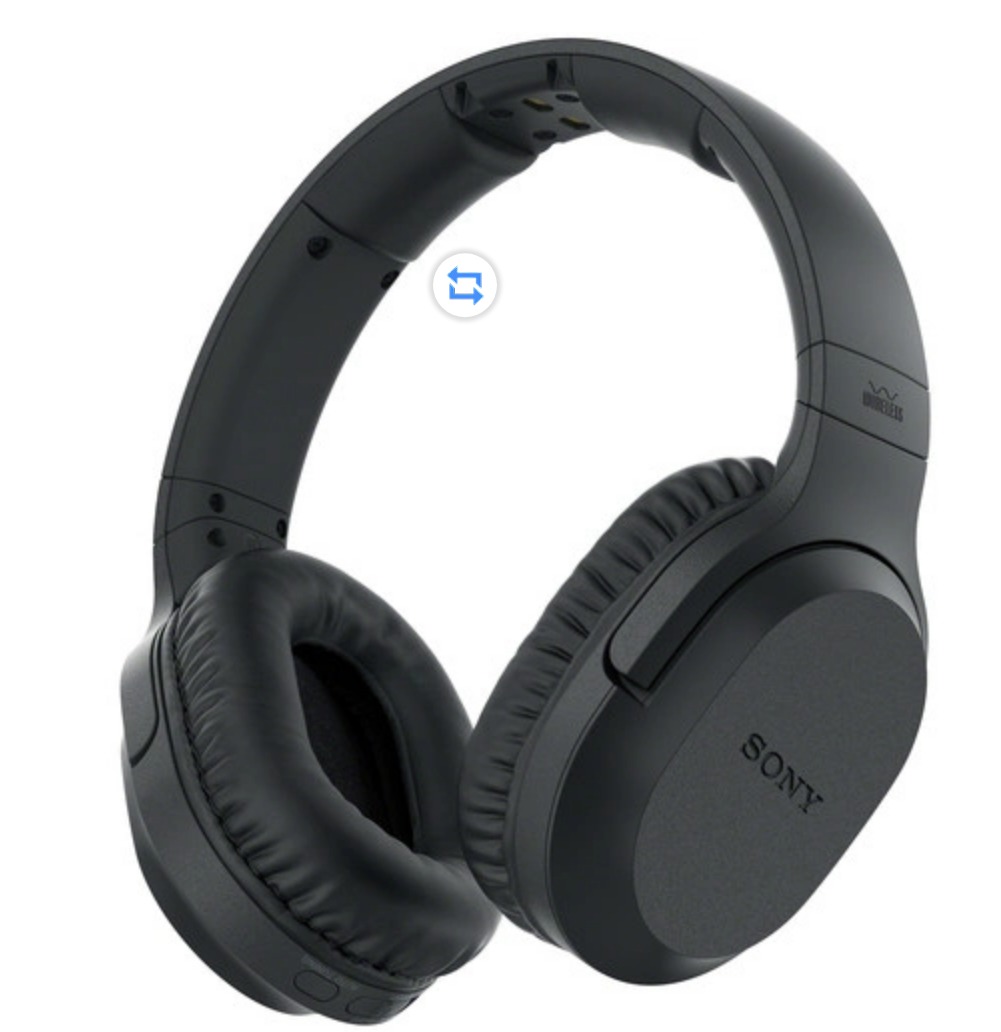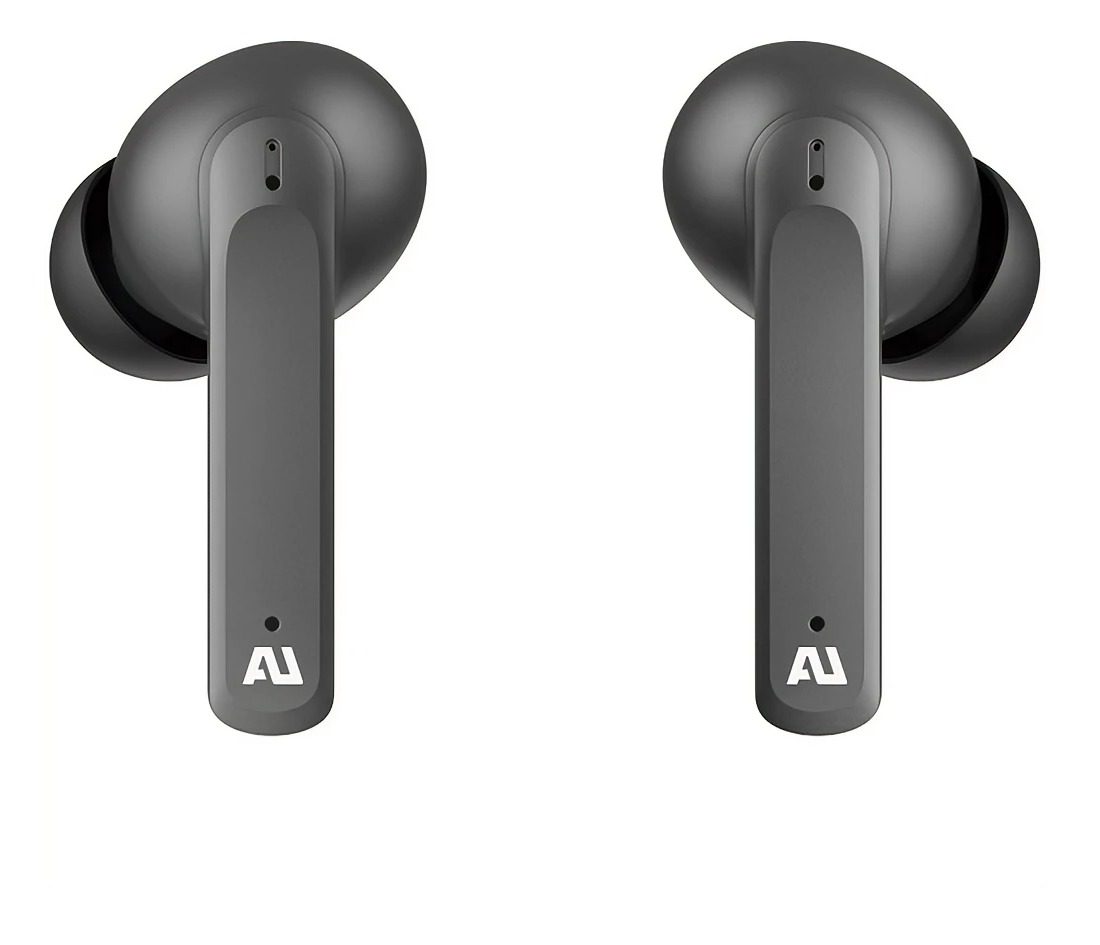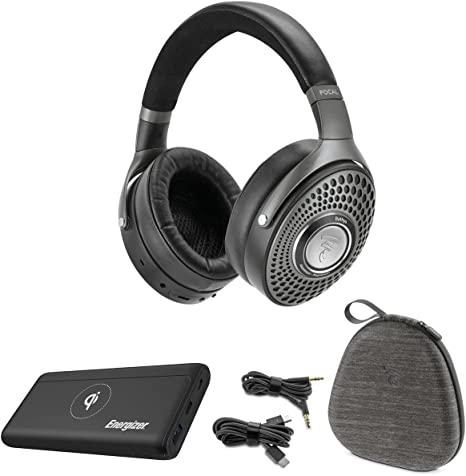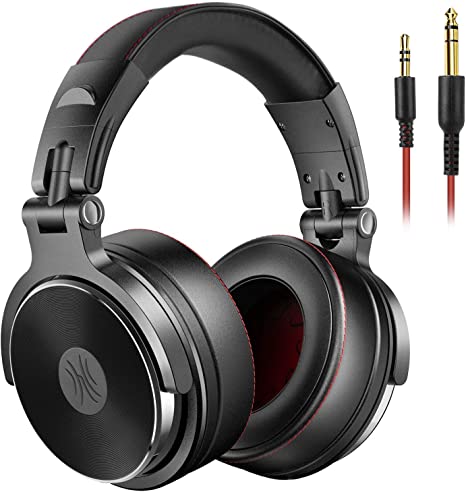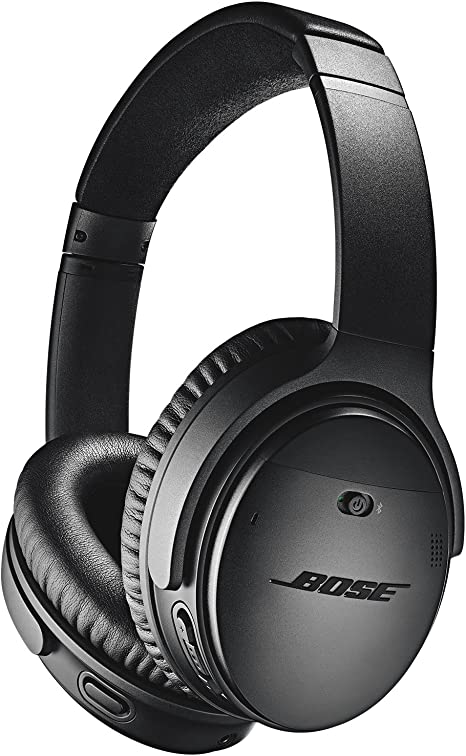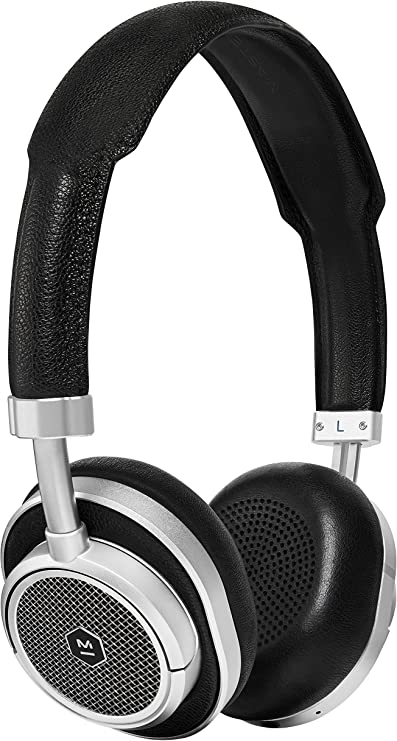TCL Q75H Soundbar: Immersive Home Theater with Dolby Atmos and Ray Danz Technology
Update on Sept. 23, 2025, 1:36 p.m.
It’s not just about speakers. It’s about crafting a believable reality by exploiting the elegant quirks of human perception. A journey into the science of psychoacoustics.
We live in an age of sensory paradox. Our screens blaze with hyper-realistic, pixel-perfect worlds in stunning 4K and HDR, yet the sound that emerges from these impossibly thin displays often feels like a faded photocopy. It’s flat, lifeless, and trapped in the plastic shell of the device. This creates a profound disconnect; our eyes are convinced of a new reality, but our ears know it’s a lie.
So, how do we fix it? How do we build a believable, three-dimensional world of sound that can fill a room, a world with height, depth, and texture? The intuitive answer might be to simply add more speakers. But the true solution is far more elegant and fascinating. It’s a grand illusion, a clever conspiracy between audio engineers and the predictive, pattern-matching machine inside your skull: the human brain.
The answer lies in a field called psychoacoustics — the science of how we perceive sound. It’s less about brute-force engineering and more about understanding the shortcuts, assumptions, and beautiful flaws in our auditory system. Modern audio technology, perfectly exemplified in devices like the TCL Q75H soundbar, doesn’t just make sound; it speaks the native language of the brain to convince it of a reality that isn’t physically there. Let’s deconstruct the illusion, one dimension at a time.

The Horizontal Plane: The Foundation of Believable Space
The first great leap in audio realism was stereo. The magic of stereo isn’t just about having two speakers; it’s about exploiting a fundamental feature of our anatomy. With two ears, separated by several inches of bone and brain, we are natural direction-finders.
When a sound comes from your right, it arrives at your right ear a few microseconds sooner and a fraction louder than it does at your left. These tiny discrepancies—the Interaural Time Difference (ITD) and Interaural Level Difference (ILD)—are all your brain needs to instantly calculate the horizontal location of the sound source. It’s a survival mechanism honed over millennia.
Stereo recording and playback hijacked this mechanism. By sending slightly different information to each speaker, engineers could place instruments along a one-dimensional line between them. But it was still just a line. The next step was to bend that line into a circle with surround sound, creating a 5.1 setup (five speakers, one subwoofer). This established a foundational horizontal plane, wrapping sound around the listener. A modern soundbar, for example, dedicates specific drivers to this task, including a crucial center channel that anchors dialogue to the screen, preventing voices from wandering unnaturally. This creates a stable, 360-degree stage for the illusion to be built upon.

The Vertical Illusion: Reaching for the Sky Without Touching the Ceiling
This is where the real magic begins. For decades, home audio was stubbornly two-dimensional. How do you create the convincing sound of rain falling from above, or a helicopter roaring overhead, without physically installing speakers in your ceiling?
You do it by turning the room itself into part of the system.
Our brains are remarkably adept at interpreting reflected sound. The way a sound wave bounces off the floor, a nearby wall, or the ceiling subtly alters its character before it reaches our ears. Our brain subconsciously analyzes these reflections to build a mental map of our surroundings. This is a simplified version of a concept known as the Head-Related Transfer Function (HRTF)—a personal acoustic signature that helps us locate sounds in three-dimensional space.
This is the principle that engineers decided to exploit. Enter object-based audio formats like Dolby Atmos and DTS:X. These technologies are a radical departure from the old channel-based model. Instead of a sound being assigned to a specific speaker (the “ceiling channel”), it is encoded as a “sound object” — a piece of data with 3D coordinates. A filmmaker can decide a bee should buzz two feet above your left shoulder, and the audio processor in your home will figure out how to make that happen with the speakers it has available.
A device designed for this, like the Q75H, accomplishes this vertical illusion with a pair of up-firing speakers. These drivers are physically angled to shoot sound at the ceiling. The sound wave travels up, reflects off the ceiling, and then travels down to your ears, arriving from above. Your brain, detecting the cues of this reflected sound, doesn’t register it as a clever bank shot. It simply perceives sound coming from the ceiling. The illusion is complete. No holes were drilled, yet the vertical dimension has been convincingly constructed from thin air.
The Expansive Illusion: Breaking Out of the Box
Even with height and surround information, a challenge remains. Most of the sound is still being projected from a narrow bar of plastic sitting under your television. The soundstage can feel constrained, its origin too obvious. The final piece of the puzzle is to make the sound feel wider than the device creating it.
While some systems use digital processing to simulate width, a more robust method involves raw physics. This is where technologies like TCL’s Ray Danz come into play, which uses precisely engineered acoustic reflectors.
Think of it as acoustic architecture. Instead of firing all the sound directly at you, these waveguides and reflectors physically capture and redirect portions of the sound, aiming them sideways at the walls of your room. These sound waves then bounce off the side walls before arriving at your ears. This does two things: it delays the arrival time of the sound, and it makes the sound arrive from a completely different angle.
Your brain perceives these strong, early reflections not as echoes, but as evidence of a much larger, wider source. The hard edges of the soundbar dissolve, and the soundscape “blooms” to fill the entire front of the room. It’s a physical manipulation of sound in space, a way of painting with reflections to create a soundstage that feels vast and unconstrained.

The Final Polish: Taming the Chaos of Your Room
There’s one final, unruly character in this entire performance: your living room. A room with hard floors, large windows, and sparse furniture is an acoustic funhouse of harsh reflections. A room with thick carpets and heavy curtains can absorb sound, making it feel dull and lifeless. Your room is an active participant, coloring and distorting the carefully engineered illusion.
This is where Digital Signal Processing (DSP) provides the final, crucial touch. Advanced systems can now perform auto-calibration. Using a built-in microphone, the soundbar plays a series of test tones and “listens” to how the room responds. It identifies problematic frequencies that are being overly amplified by the room’s dimensions (known as standing waves) or absorbed by soft surfaces. The DSP then creates a custom equalization filter—a corrective antidote—to counteract the room’s acoustic flaws.
It’s this constant negotiation between the ideal and the real that defines modern audio. It even explains some of the quirks, like a customer review mentioning a wireless subwoofer that cuts out at very low volumes. This is often a deliberate engineering trade-off—a “noise gate” circuit designed to keep the subwoofer silent when there’s no bass signal, preventing unwanted hiss. It’s a choice that prioritizes clean, powerful performance at normal listening levels over perfect nuance at a whisper, a reminder that these devices are a synthesis of pure physics and practical, real-world design.

The Symphony of Perception
Ultimately, a believable 3D soundscape is not merely reproduced; it is constructed. It is a delicate and brilliant symphony performed by two collaborators: the audio engineers who manipulate the physics of sound waves, and your own brain, which eagerly uses its built-in perceptual shortcuts to assemble those cues into a coherent, immersive reality.
The journey from a flat, monaural point of sound to a full-blown sonic bubble has been a quest to better understand ourselves. The future of audio isn’t just about adding more speakers or more power. It’s about deepening our understanding of human perception and building machines that don’t just talk to our ears, but speak directly to our mind.











